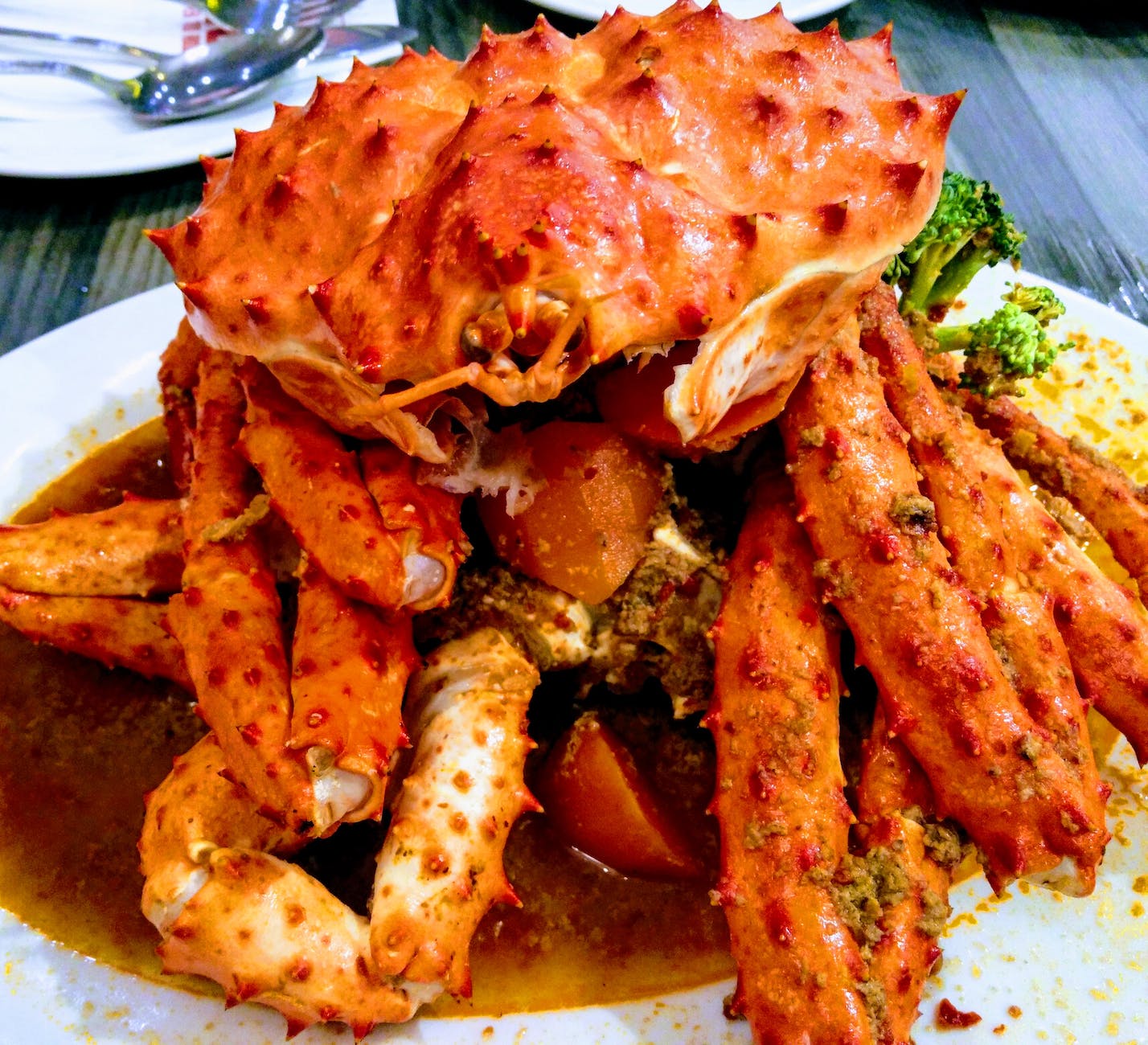
Crab, renowned for its sweet, succulent meat, is a cherished delicacy in many cultures. As the tide of pregnancy rolls in, it’s natural for expectant mothers to question the safety and nutritional value of their favorite foods, including crab. In this detailed exploration, we’ll dive deep into the world of crab during pregnancy, highlighting its nutritional virtues, potential concerns, and guidelines for its safe consumption.
The Nutritional Benefits of Crab
Beyond its gourmet appeal, crab stands tall as a nutritional beacon, especially during the transformative phase of pregnancy:
- Protein Profusion: Crab offers a substantial dose of lean protein, which plays a pivotal role in fetal tissue development, including the brain, and supports the mother’s expanding tissues.
- Vitamin and Mineral Treasure Trove: Crab shines in its vitamin B12 content, essential for nerve function and red blood cell formation. It’s also a commendable source of zinc, a mineral that bolsters the immune system and aids in cell division.
- Omega-3 Fatty Acids: While not as prolific as in salmon, crab does provide valuable omega-3s, essential for fetal brain and eye development.
- Mercury Considerations: Like shrimp, crab is categorized as a low-mercury seafood, positioning it as a safer choice during pregnancy.
Potential Pitfalls: What to Watch Out For
- Allergies: As with other shellfish, crab can be an allergen. If there’s a known shellfish allergy, it’s prudent to sidestep crab during pregnancy.
- Environmental Contaminants: While crab typically boasts low mercury levels, it can sometimes harbor other environmental pollutants, especially if sourced from less-than-pristine waters. This underscores the importance of sourcing crab from trusted suppliers.
Embracing Crab: Guidelines for Safe Consumption
- Cooking Mastery: Crab should be cooked until its meat turns opaque with a pinkish hue. Proper cooking ensures the annihilation of potential pathogens.
- Raw Isn’t Ideal: Pregnancy is a time to set aside raw crab delicacies. Always gravitate towards well-cooked preparations.
- The Freshness Factor: Fresh or flash-frozen crab is the gold standard. An ammonia-like odor is a red flag signaling it’s past its prime.
Seafood and Pregnancy
Navigating the world of seafood during pregnancy can be a tad overwhelming. With myriad options and considerations, it’s crucial to stay informed. Here’s a roundup of our deep dives into various seafoods during pregnancy:
- Salmon: Explore the myriad benefits and considerations of salmon during pregnancy.
- Shrimp: Dive into the world of shrimp and its safety during pregnancy.
- Lobster: Unravel the culinary and nutritional aspects of lobster during pregnancy.
Frequently Asked Questions (FAQs)
Q: Can I indulge in crab cakes during pregnancy?
A: Yes, as long as the crab meat used is well-cooked and the other ingredients are pregnancy-safe.
Q: How does crab compare to other seafood options during pregnancy?
A: Crab, like shrimp and lobster, offers unique nutritional benefits. When consumed wisely, all these seafood options can be part of a balanced pregnancy diet.
Q: Are there any specific crab dishes to avoid during pregnancy?
A: It’s best to steer clear of dishes that use raw or undercooked crab. Also, be cautious of dishes that might use high-mercury ingredients alongside crab.
Q: How often can I eat crab during pregnancy?
A: Given its low mercury content, you can enjoy crab 1-2 times a week, ensuring you get its benefits without overindulgence.
In Conclusion
Crab, with its tantalizing taste and nutrient-dense profile, can be a delightful and beneficial inclusion in a pregnancy diet. By staying informed, making judicious choices, and savoring the flavors of various seafoods, expectant mothers can ensure the best for their baby’s growth and development.
Blog Tags:
Crab and Pregnancy, Seafood Safety, Nutritional Benefits of Crab, Cooking Crab Safely, Pregnancy Diet Recommendations, Low-Mercury Seafood, Omega-3s in Crab, Seafood Allergies, Fresh Seafood Selection, Crab Dishes during Pregnancy, Seafood and Fetal Development.









